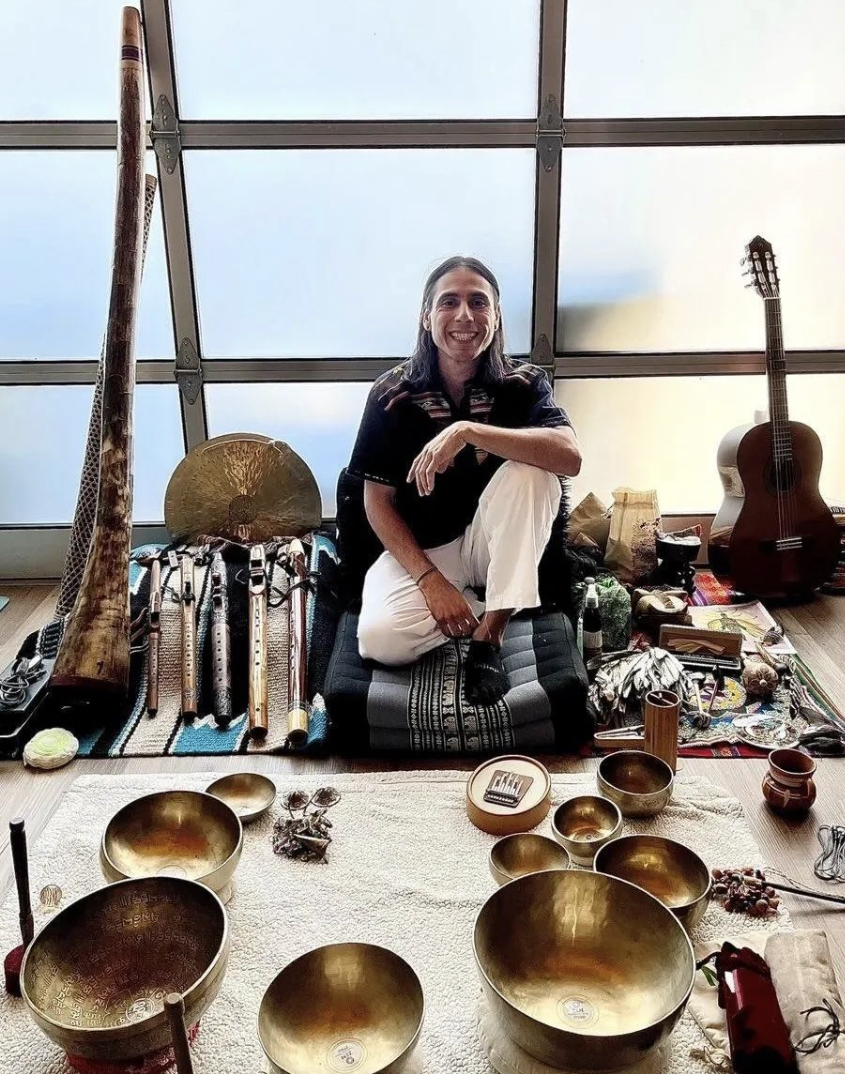The Red Road, also known as The Sacred Way of Life
The Red Road, also known as The Sacred Way of Life, is a spiritual and cultural path followed by some Indigenous peoples in North America. It encompasses a set of teachings and principles that guide individuals in living a balanced, meaningful, and harmonious life. Here are steps for patients to follow in embracing The Red Road
The Red Road, also known as The Sacred Way of Life, is a spiritual and cultural path followed by some Indigenous peoples in North America. It encompasses a set of teachings and principles that guide individuals in living a balanced, meaningful, and harmonious life. Here are steps for patients to follow in embracing The Red Road: Step 1: Understanding the Red Road Cultural Awareness: Begin by understanding the cultural context of The Red Road. Research and learn about the Indigenous cultures and traditions that follow this path.Step 2: Respect and Humility Respect for All Life: Embrace the principle of respecting all life forms, from human beings to animals, plants, and the Earth itself. Acknowledge the interconnectedness of all living beings.Humility: Cultivate humility and recognize that you are part of a greater whole. Understand that every individual has a unique role to play in the circle of life.Step 3: Spiritual Connection Spiritual Practices: Explore Indigenous spiritual practices, which may include prayer, meditation, smudging, or ceremonies. Connect with the spiritual dimension of life in a way that feels authentic to you.Step 4: Honoring Ancestors Ancestor Acknowledgment: Pay respect to your ancestors and the ancestral lands. Understand the importance of carrying forward the wisdom and traditions passed down through generations.Step 5: Living a Balanced Life Balance in All Things: Strive for balance in your life, encompassing physical, mental, emotional, and spiritual aspects. Balance is key to a healthy and harmonious existence.Step 6: Connection to Nature Nature as Teacher: Spend time in nature and view it as a teacher. Learn from the natural world and recognize the wisdom it holds.Step 7: Community and Relationships Community Involvement: Engage with your community and build meaningful relationships with others who share your values. Support one another in living The Red Road.Step 8: Personal Responsibility Self-Reflection: Engage in self-reflection and self-improvement. Take responsibility for your actions and their impact on yourself and others.Step 9: Healing and Wellness Holistic Health: Prioritize holistic health, including physical, mental, emotional, and spiritual well-being. Seek traditional healing practices when needed and embrace modern healthcare when necessary.Step 10: Environmental Stewardship Protect the Earth: Advocate for and practice environmental stewardship. Contribute to the preservation of the natural world for future generations.Step 11: Lifelong Learning Continuous Learning: Be open to lifelong learning. Embrace the teachings and knowledge shared by elders and community members.Step 12: Sharing and Teaching Passing on Knowledge: As you grow and learn, share your knowledge and wisdom with others, especially the younger generations. The Red Road is a path of continuous teaching and learning.Step 13: Support and Guidance Seek Guidance: If you are new to The Red Road, seek guidance from Indigenous elders or cultural leaders. They can provide valuable insights and mentorship.Step 14: Walk the Red Road Mindfully Practice Mindfulness: Incorporate mindfulness into your daily life. Be aware of your actions, thoughts, and intentions, striving to live The Red Road with intention and respect.It's important to note that The Red Road is deeply rooted in Indigenous cultures and should be approached with humility, respect, and a commitment to understanding and honoring its traditions. If you're interested in following this path, consider seeking guidance and teachings from Indigenous elders or cultural leaders to ensure cultural authenticity and sensitivity.
